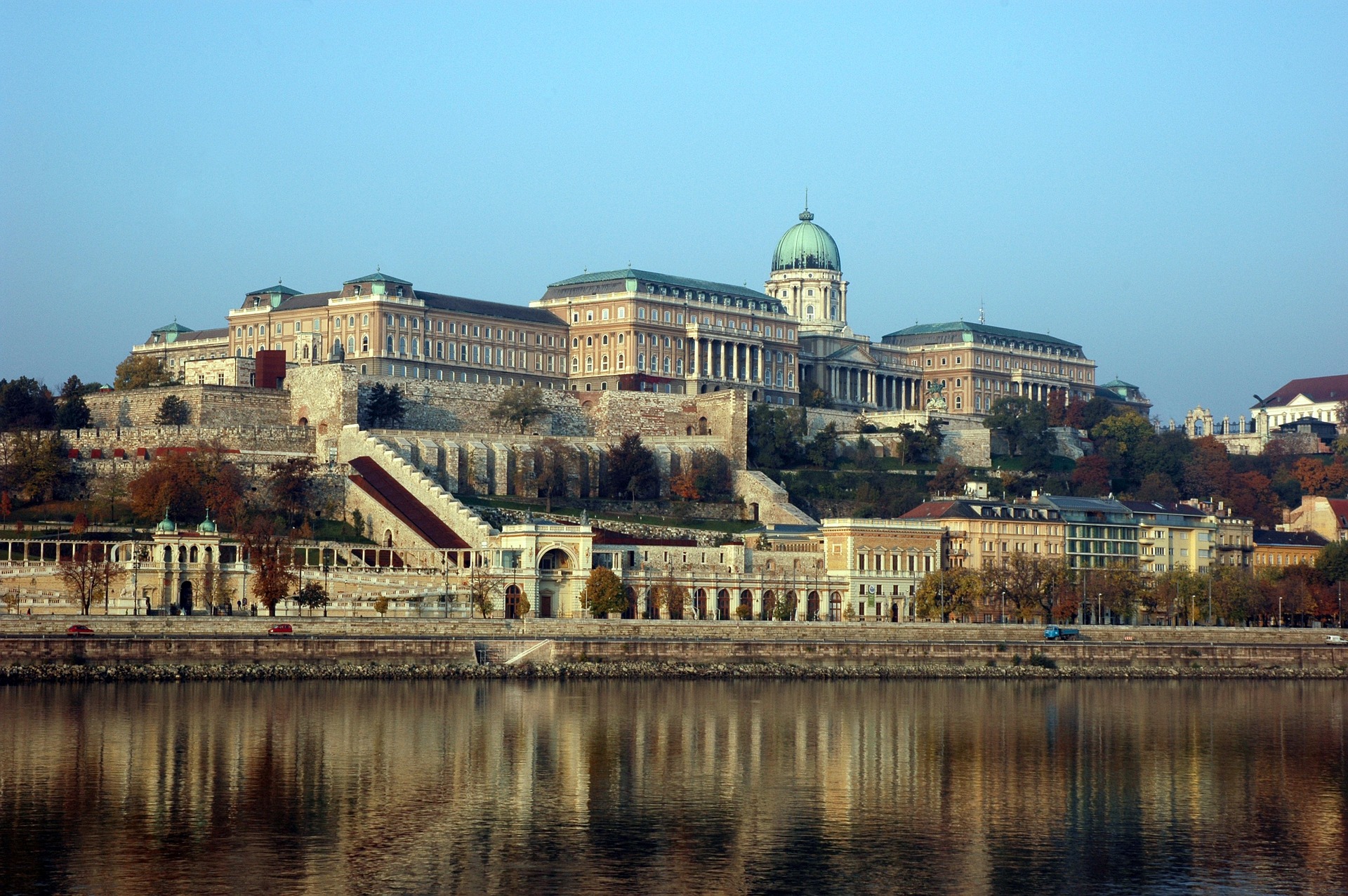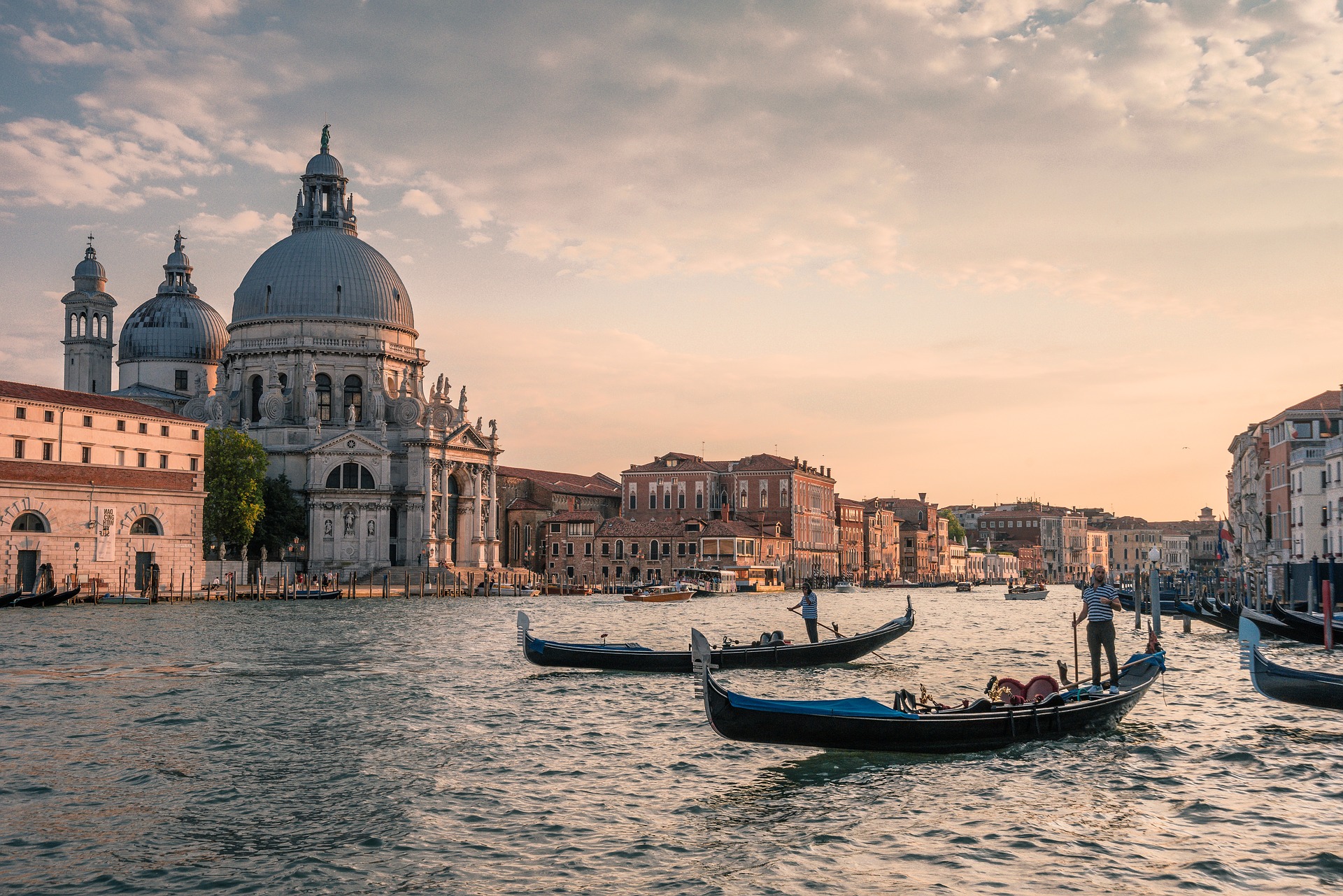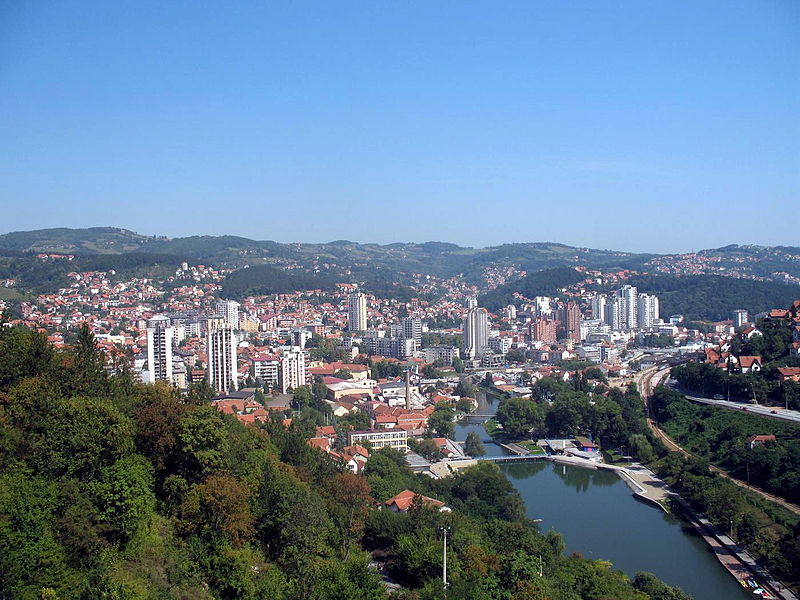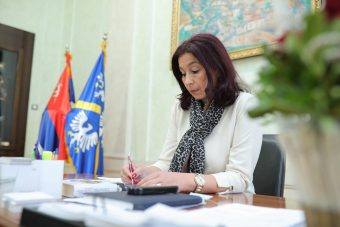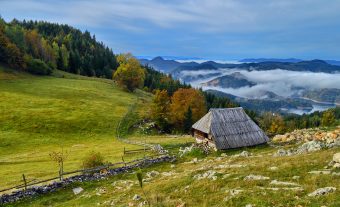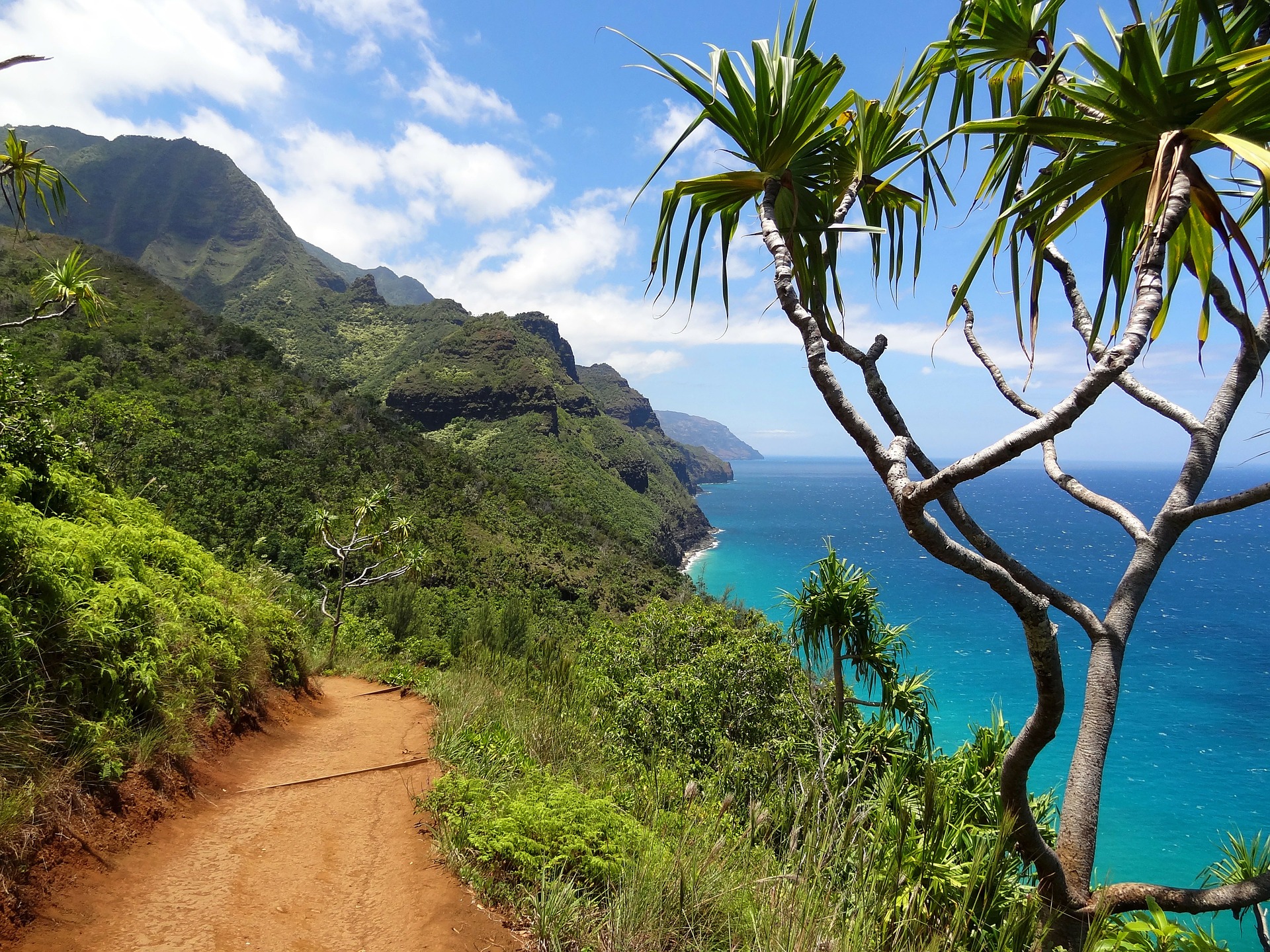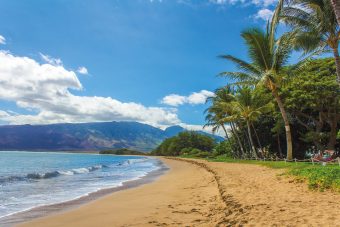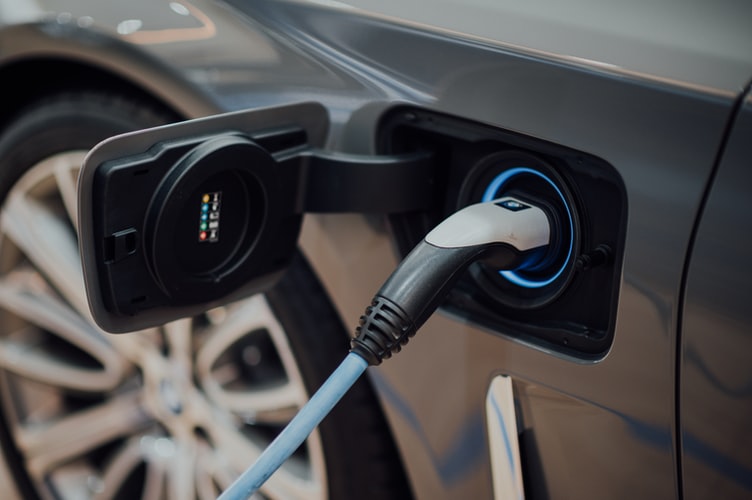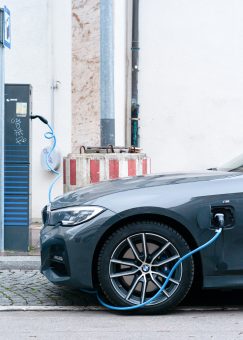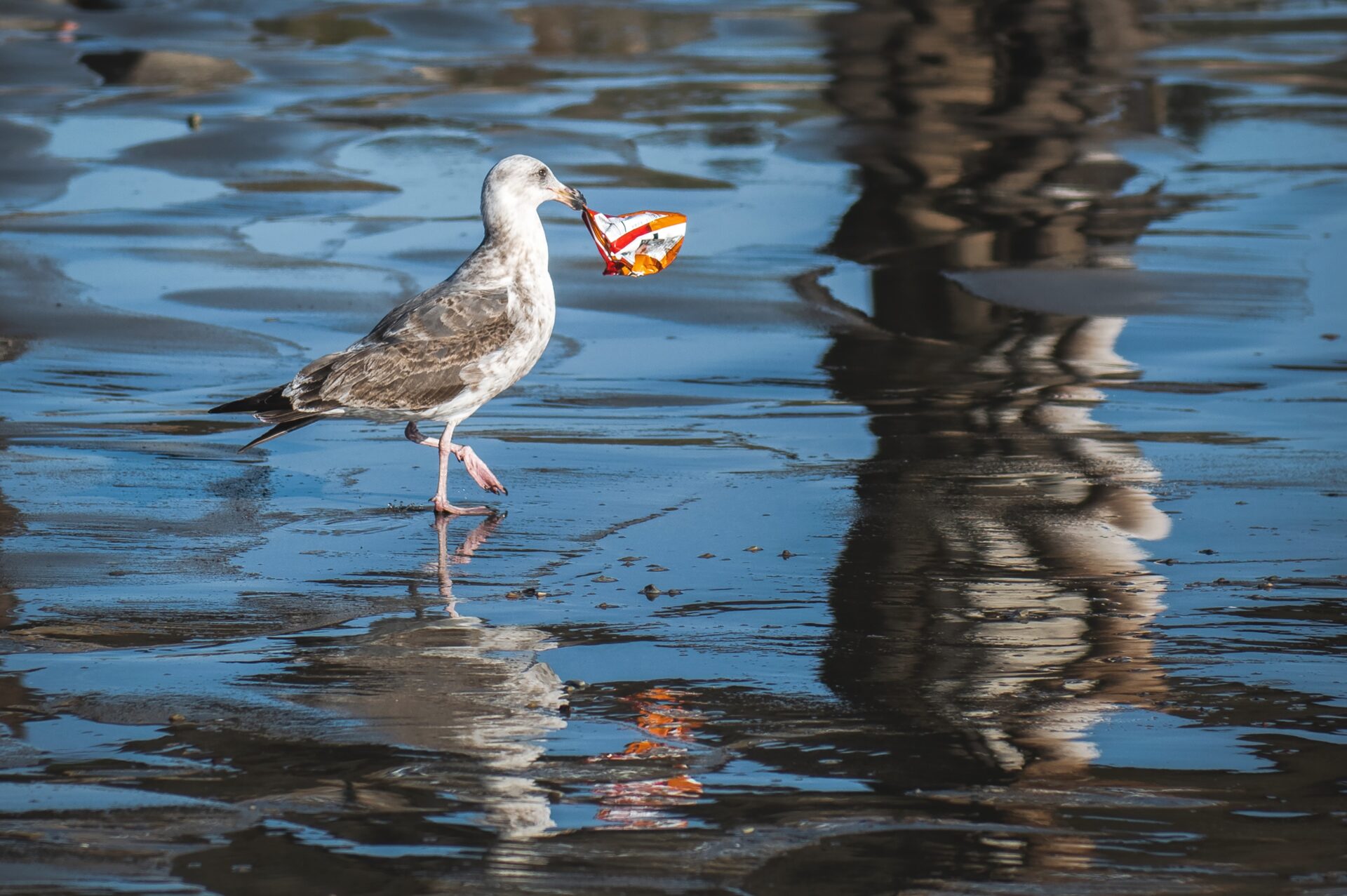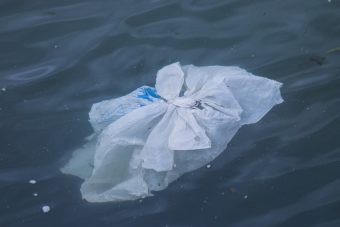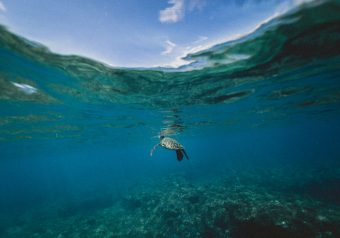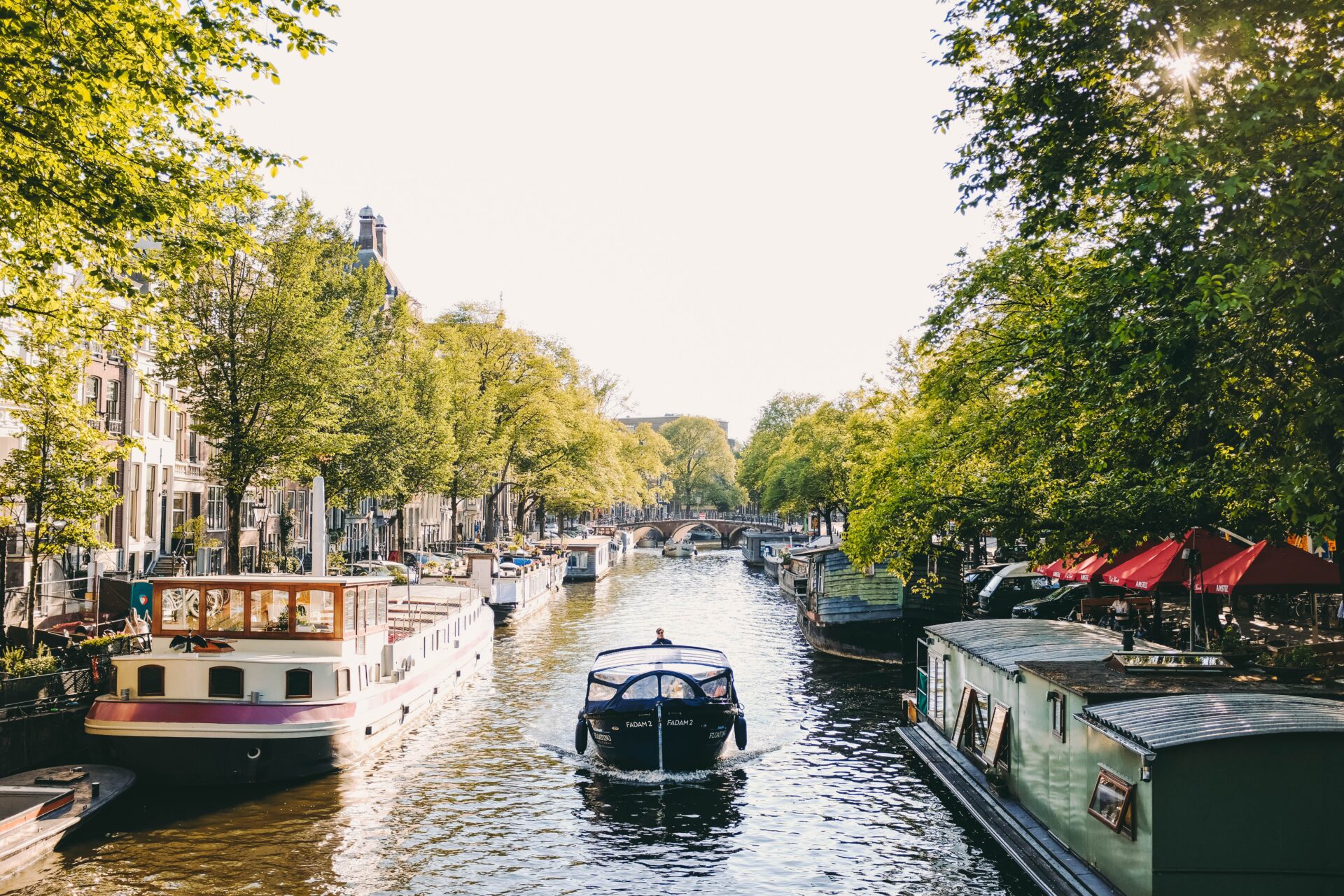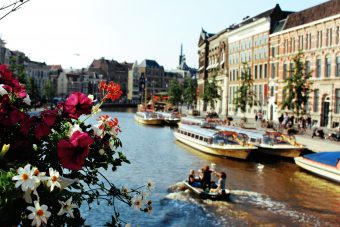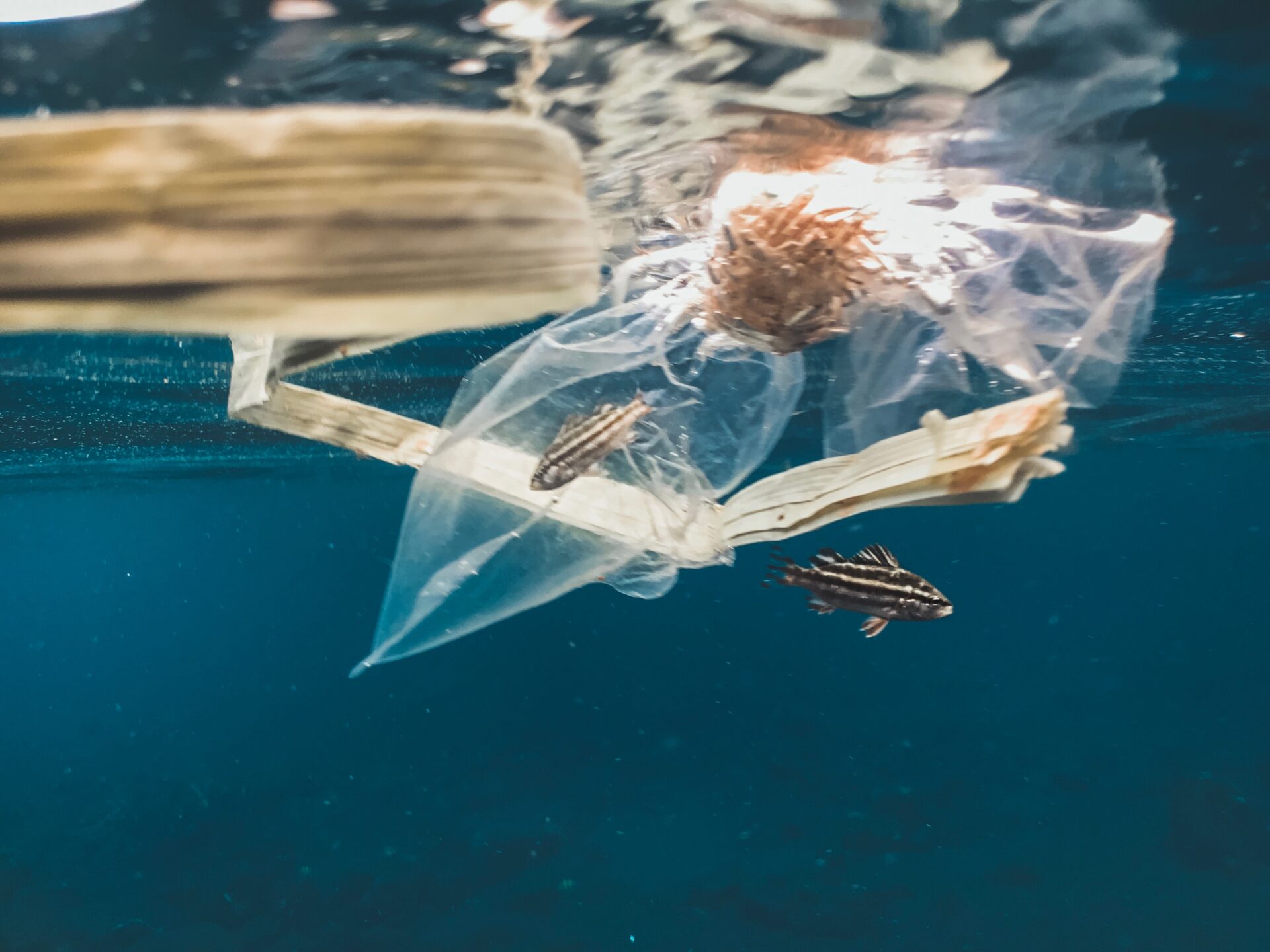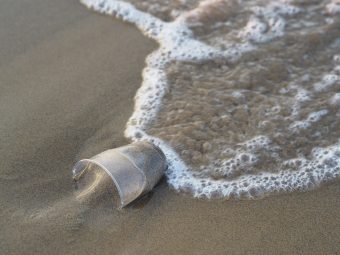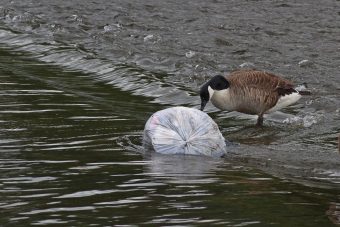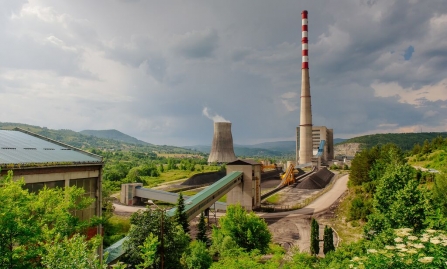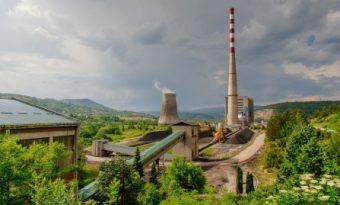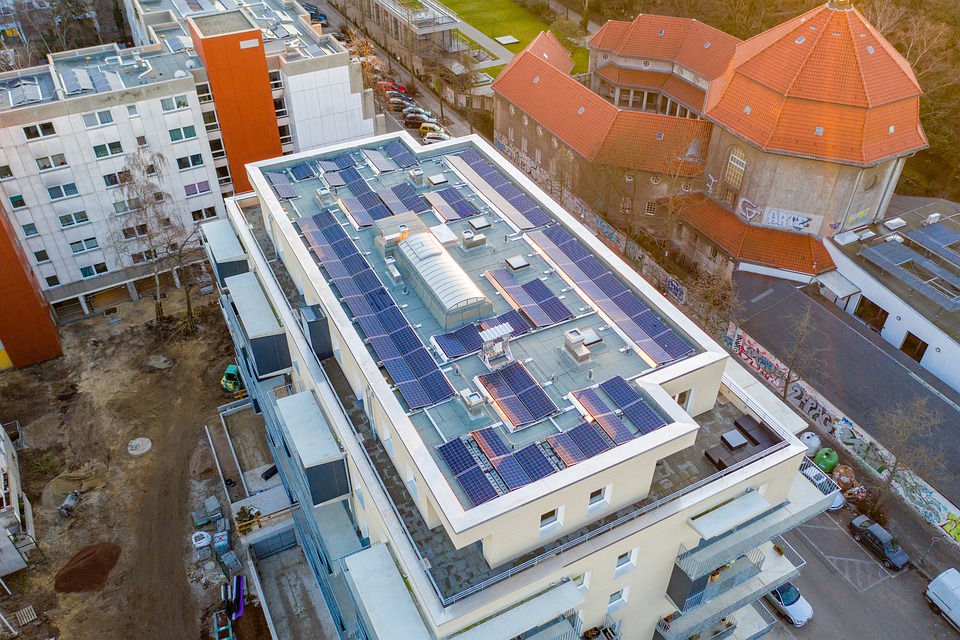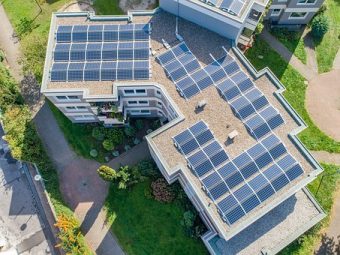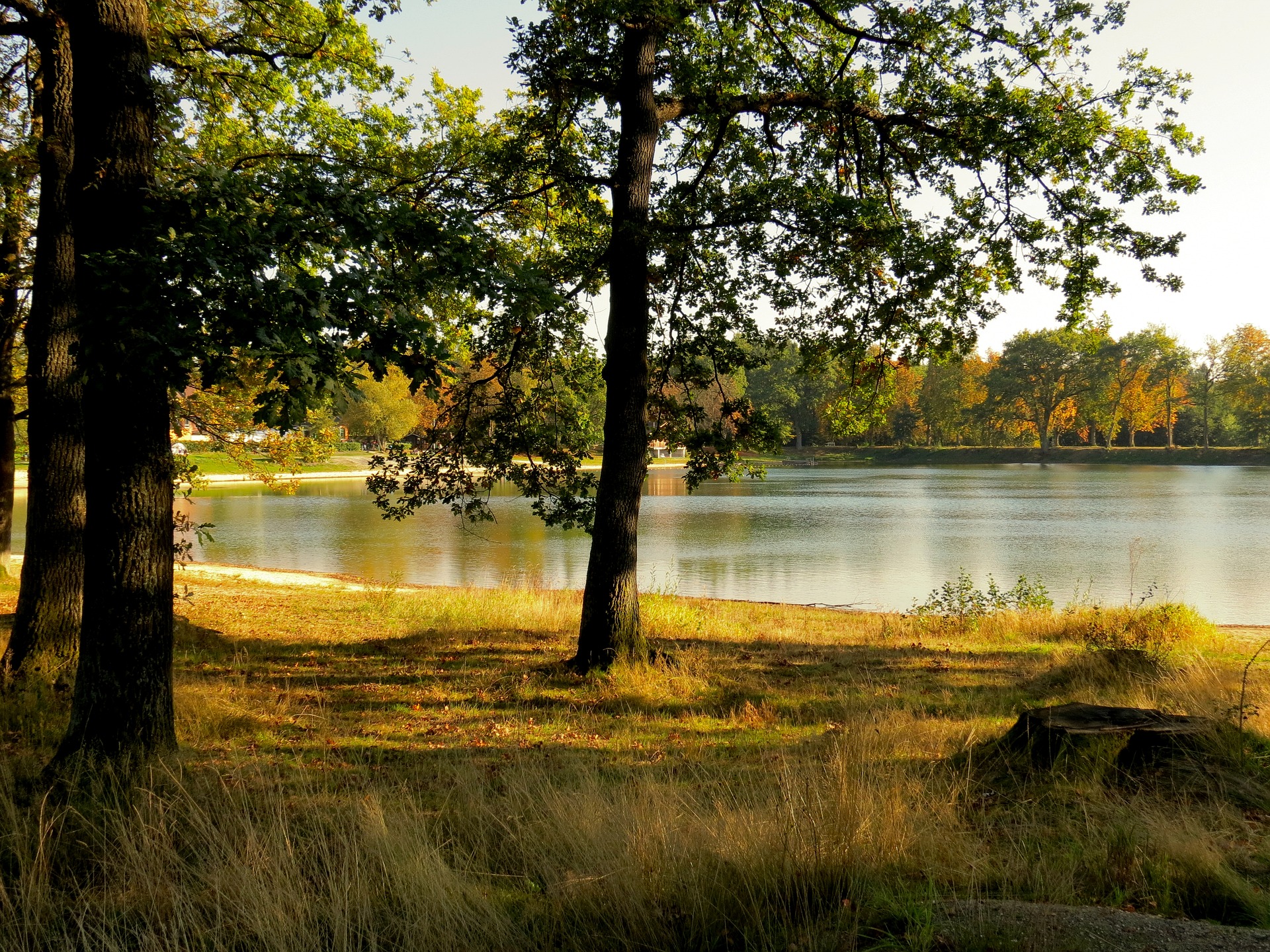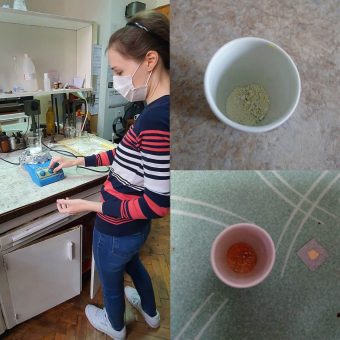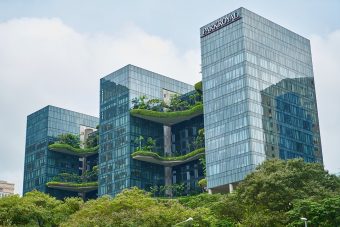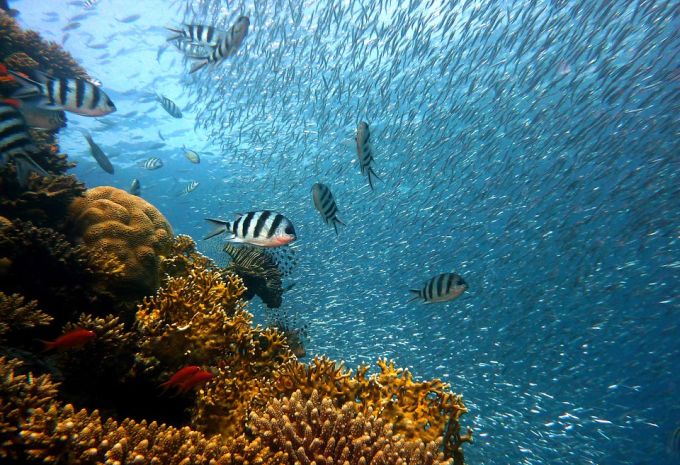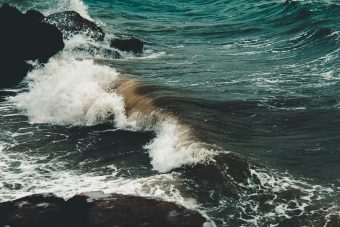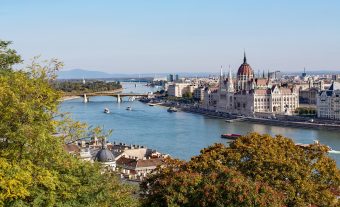
The Ministry for Innovation and Technology of Hungary through its development agency of the Western Balkans Green Center (WBGC) and the Vienna-based Energy Community Secretariat joined efforts to help the Western Balkans fight climate change and foster the region’s green transition.
Cooperation will take the form of knowledge sharing and exchange programs under the newly created Center of Excellence in Green Transition for the Western Balkans (CEGT) as part of the WBGC, to be based in Budapest, with additional external events and capacity support at the seat of the Secretariat in Vienna. All actions will be in line with the Paris Agreement, the European Green Deal and the Sofia Declaration on the Green Agenda for the Western Balkans.
Opening today’s signing ceremony of the Memorandum of Understanding, State Secretary of the Ministry for Innovation and Technology of Hungary, Attila Steiner, highlighted: “By concluding a memorandum of understanding in international partnership with a benchmark institution, Hungary enters a new phase of creating value in the context of regional cooperation while supporting knowledge sharing to boost green growth. The two-year rolling work plan of the CEGT, benefiting the Western Balkans, will capitalize on Hungary’s progress in developing and implementing policies and investments in order to support green economy transition in a neighbouring region of strategic importance. To realize carbon neutrality, we need to mobilize private resources, therefore better regulation and constant improvement in the business environment is inevitable. The CEGT is well positioned to contribute to these efforts.”
Director of the Energy Community Secretariat, Janez Kopač, said: “The Energy Community Secretariat has been supporting the Contracting Parties for over 15 years to align their energy, climate and environment legislation with the EU acquis and to also modernize their energy systems to the benefit of their citizens. Today’s signature of the memorandum of understanding testifies to the commitment that our two institutions have to support not only the legislative measures, but also the transitions to a clean energy future in the Western Balkans. Through our joint cooperation, we will provide specific energy transition, climate change and environment protection knowhow and tools needed to overcome legal, regulatory as well as financial and social challenges standing in between our Contracting Parties and a clean energy future.
More:
Attending the ceremony virtually, EU Commissioner for Neighbourhood and Enlargement, Olivér Várhelyi, emphasized: “Being so closely interconnected, the region currently faces similar challenges as the rest of Europe. The disruptions brought about by the COVID-19 pandemic have led to recessions throughout the region. This is why the European Commission is applying the same growth strategy that was put in place for the EU to the Western Balkans: large-scale investments. The Economic and Investment Plan we launched last autumn is our recovery plan for the Western Balkans. This Plan provides 28 billion euros of investments to give a boost to the economic recovery and to the long-term convergence with the EU and it lays the ground to open up many business opportunities for European companies. I am sure that joining the technical and political expertise and standing of the Energy Community Secretariat with the know-how and ambitions of the Green Center will yield excellent results in terms of concrete projects.”
Source: Energy Community


